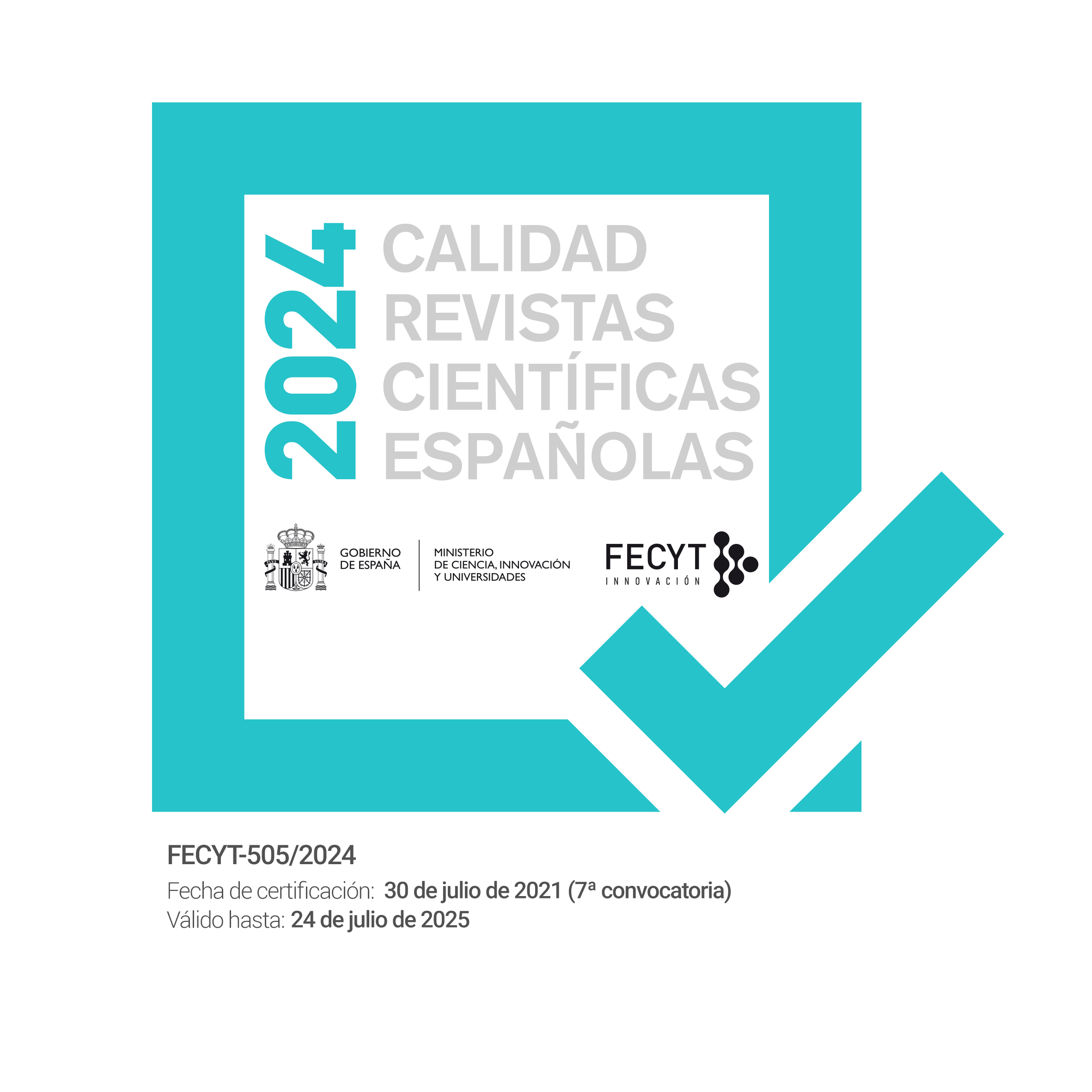Indispensability and Effectiveness of Diagrams in Molecular Biology
DOI:
https://doi.org/10.7203/qfia.6.1.14823 Abstract
Abstract
Abstract: In this paper I aim to defend a twofold thesis. On one hand, I will support, against Perini (2005), the indispensability of diagrams when structurally complex biomolecules are concerned, since it is not possible to satisfactorily use linguistic-sentential representations at that domain. On the other hand, even when diagrams are dispensable I will defend than they will generally be more effective than other representations in encoding biomolecular knowledge, relying on Kulvicki-Shimojima’s diagrammatic effectiveness thesis. Finally, I will ground many epistemic virtues of biomolecular diagrams (understandability, explanatory power, prediction and hypothesis evaluation) on their cognitive-computational indispensability and their semantic-epistemic effectiveness.
Keywords: Molecular Biology, Diagrammatic Representation, Representational Indispensability.
 Downloads
Downloads
Downloads
Published
How to Cite
-
Abstract798
-
PDF345
Issue
Section
License
![]()
Works published in QUADERNS DE FILOSOFIA are under the licence Creative Commons Attribution-NonComercial-NoDerivatives 4.0 International.
Authors retain copyright and grant the journal right of first publication with the work simultaneously licensed under a Creative Commons Attribution License that allows others to share the work with an acknowledgement of the work's authorship and initial publication in this journal.
Authors are able to enter into separate, additional contractual arrangements for the non-exclusive distribution of the journal's published version of the work (e.g., post it to an institutional repository or publish it in a book), with an acknowledgement of its initial publication in this journal.
The authors authorize the publisher to archive the article into databases and indexes (such as EBSCO, DOAJ, ProQuest), and permit the publisher to apply DOI to the article.
Authors are permitted and encouraged to post their work online (e.g., in institutional repositories or on their website) prior to and during the submission process, as it can lead to productive exchanges, as well as earlier and greater citation of published work (See The Effect of Open Access).





